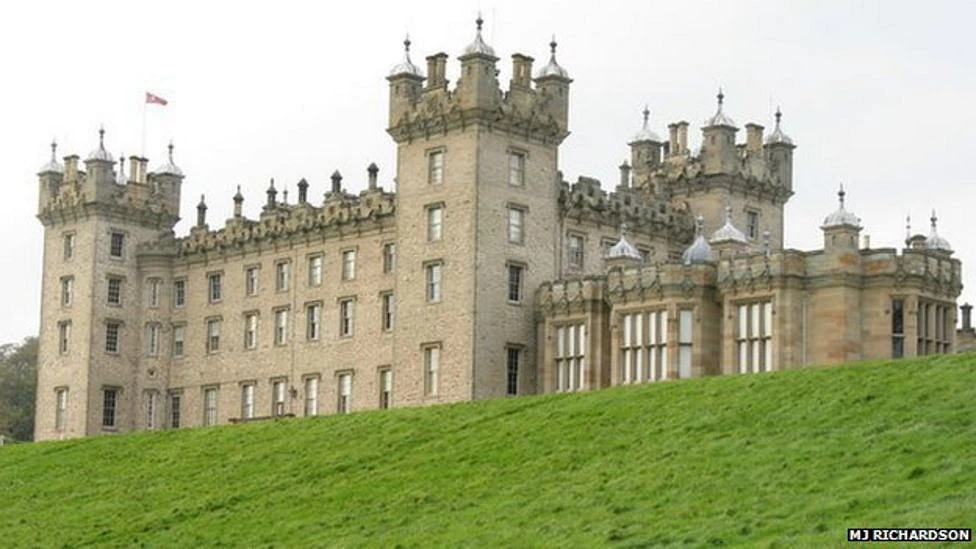
BBC News
Window tax was a system in force between 1697 and 1851,[a]Window tax was not introduced in Scotland until 1748.[2] in which tax on a property was based on the number of its windows.[3] It was introduced by the government of King William III at the rate of 2 shillings for houses with fewer than 10 windows, excluding cottages, 6 shillings for 10–20 windows, and 10 shillings for more than 20 windows;[4] from 1825 properties with fewer than 8 windows were exempt.[5]
The window tax was introduced to pay for the losses incurred during the great recoinage of 1696Attempt by the English government under William III to replace the hammered silver coins that made up most of the coinage then in circulation with coins with milled edges, to prevent clipping., when the silver coins then in circulation had been so clipped and worn that they were no longer viable tender, especially abroad, as their weight no longer equaled their nominal value.[6] The government needed to raise money, but the idea of a tax on income was controversial,[b]Income tax was not introduced in the UK until 1799.[7] and so, on the supposition that the more windows a habitation had, the richer its occupants must be, the window tax was introduced.[8]
Urban myths
It is widely believed that the window tax led many householders to brick up their windows to reduce their tax bill, but that is now considered to be more urban myth than fact.[1] At the very least, the number of windows that were blocked up to avoid paying the tax is often exaggerated,[5] although they were often stopped up temporarily before the periodic inspections to count windows.[4]
In similar vein, the phrase daylight robbery is popularly believed to originate with the window tax, which seems unlikely as the first recorded use of that phrase occurs in 1804, more than a hundred years after the tax was introduced.[9] It was then used in its literal sense – to describe an actual robbery that took place during daylight – in the English literary journal The Monthly Review.[10]
See also
- Glass taxTwo taxes on glass were introduced in England during the 1690s, the first on glass itself and the second on windows.

